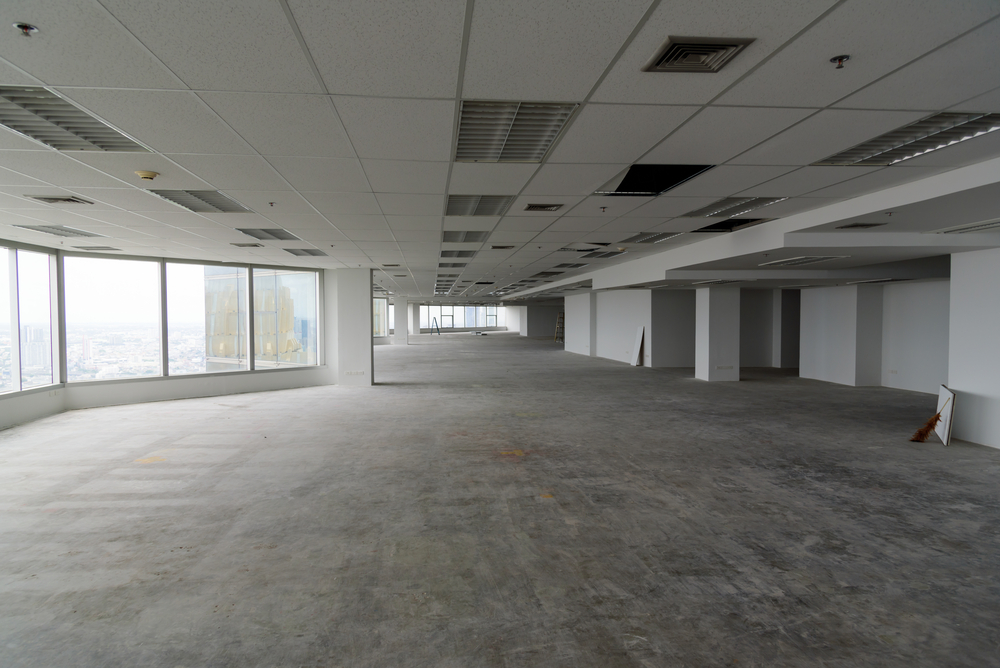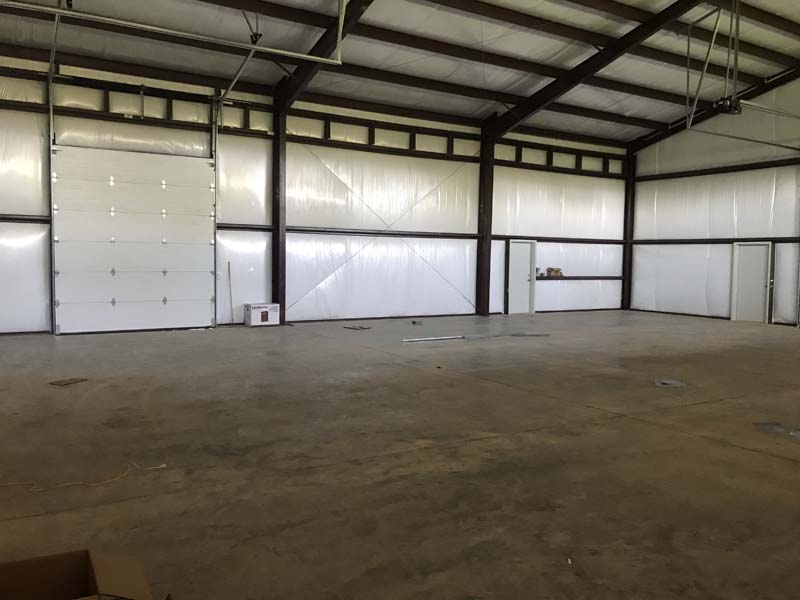A small fragment of wall in frogged machine brick and cement may pre date the mid 20th century expansion of the market but is probably not older than the early 20th century.
Early 20th century building floor utiility trench.
H u t g a nd ng l a ir.
As america moved into the 1900s notable change began happening on the home construction and architectural scenes.
The established theories of global geology were permanentism and contractionism but neither of these theories was able to explain some of the evidence that supported the idea of continental drift.
Siding and roofing richa wilson intermountain regional architectural historian kathleen snodgrass project leader s y r or n.
Their article includes guidance on the conservation of traditional breathable floors and explores the options open to specifiers of new solid floors in traditional buildings whether in limecrete modern slab traditional earth or of a hybrid design.
Beginning with 20th century housing masonry was frequently used over wood stud construction.
Cavity walls highly resistant to moisture were often built of two vertical layers of masonry separated by a layer of insulating material.
From soaring skyscrapers to dramatic innovations in engineering and design 20th century modern architecture transformed the way we think about building.
A series of modern drains and concrete structures impacted directly on truncated natural bedrock.
Geological renaissance of the mid 20th century.
The first used by the hudson s bay company and then by settlers until about 1870 was called red river frame.
From the 19th to the early 20th century.
A construction crew from 1900 would barely recognize one working on a home in 1999 as the 20th century saw huge changes in the styles of houses and construction methods and regulations.
18th century and then settlers in the early 19th century log construction became the building technique of choice.
Paul watts and gillian tesh of mike wye associates look at traditional and modern breathable solid floors.
The great change that occurred at the beginning of the 19th century when the gothic revival moved from a phase of sentimental and picturesque attraction to one of greater archaeological exactitude was determined largely by the research and publications of antiquarians in the itinerarium curiosum of 1725 william stukeley first introduced plans in.
Some foundations were built of concrete blocks and many building codes required the use of masonry in fire walls.
No archaeological remains pre dating the 20th century were identified.
Over the course of 200 years three distinct methods of construction were employed in manitoba.
Early 20th century building materials.
Dura trench utility and cable trenches are the first utility trench on the market to offer fully integrated channel strut cast into the body of the trench.
Architecture enthusiasts the world over have picked these top ten buildings naming them the most beloved and revolutionary structures of the recent past.



























